We recently asked our Insteading Community and YouTube viewers if they had any questions about homesteading that we might answer. You all replied with some great questions, and gave us a lot of ideas on material we can pull together to help you!
Watch The Video
So for our first installment in what we hope is a long, continuing series, we have a great question from Fish Creek Country Gal:
Question: “What are some of the best tools & equipment (hand grinders, mixers, etc.) that don’t require electricity.“
The hardest thing about answering this question is deciding which tools to recommend. I have a lot to say about off-grid living and what tools we depend on. I hope that these useful, well-loved devices can be as much an aid to your homestead as they are to ours. You may notice I don’t have any gardening tools in this list — that’s because so many of them are hand tools that we’ll be making a dedicated article for them in the near future.
I should also mention, by the way, that our off-grid homestead falls on the non-technologically advanced side of the spectrum as in Luddites might feel at ease here. As such, you’ll likely not impress friends who own high-tech gadgetry if you follow the humble recommendations on this list, but you will be able to get the job done for a lifetime of work.
All these tools are ones that my homestead has used for years, so I feel comfortable recommending them as long-lasting and dependable.
Our Favorite Off-Grid Tools
1. San Angelo Bar
At first glance, this tool may seem too simple. It is, after all, just a 6-foot long steel bar with one pointed end and one flat end. But what it lacks in style, it more than makes up in absolute utility. We’ve used this tool for everything, from levering out shockingly huge boulders to digging fence posts in our incredibly rocky Ozark soil, to blasting apart half-rotted stumps. It’ll give you a good workout, too!
2. Scythe
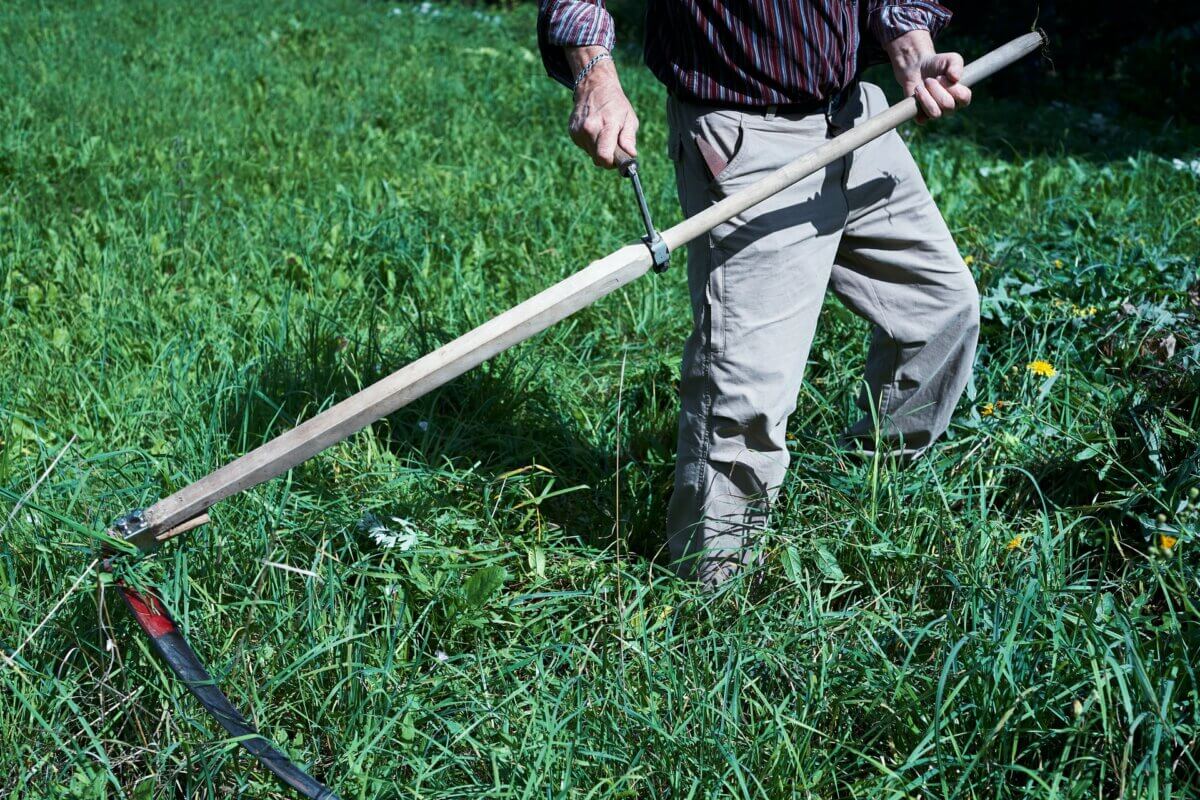
There is little more satisfying or graceful than a scythe. I laugh at all the video games that show a grim reaper-esque scythe as a deadly weapon — clearly, they’ve never seen this ancient tool in action. In reality, a scythe is more a dance partner than meat cleaver, and in experienced hands, it’s able to cleanly slice through tall grass faster than any lawn mower. As a bonus, you get to hear the birds instead of a gas motor. When it comes to maintaining meadows and making your own hay on human power, you could ask for no better tool. Though it has a learning curve, I believe a scythe is a must for any off-grid homestead. We got our first scythe blade and snath at Lehman’s — a great store for off-grid tools and general homesteading supplies.
3. 5-Gallon Bucket
I use no tool on our homestead more than a 5-gallon bucket. I’ve written a whole article listing some of the surprising ways you can take this humble vessel and put it to work. If you need to provide water to animals, tote fresh water from the well, make a composting toilet, wash laundry, store dry goods, make an instant nesting box, carry a haul of foraged food, and more, these buckets do the job. Whether you buy a set of new food-grade buckets to hold your dried beans or salvage some old buckets from a Craigslist ad, you can never, ever have too many 5-gallon buckets.
4. Splitting Maul
When transforming rounds into firewood, there is no tool better suited to the job than a splitting maul. Often mistakenly referred to as an axe, this is basically a heavy-headed wedge with a handle that throws its weight into wood and thrusts it apart. Husqvarna still employs craftsmen who create mauls with old-style quality — the kinds you could pass on to your children, if they follow in your homesteading footsteps.
5. Axe
An axe was an original pioneer’s all-purpose tool. With an axe, he could fell a tree, trim and shape those trees into logs, build a house, and then cut the firewood to warm it. Then shape wood into rustic tables, chairs, and beds to fill it.
On the modern homestead, the axe still longs to hang at your side, ready for action when called. The incredible diversity and specializations of the various shapes and sizes of axes speak to the versatility of this tool.
It’s also handy when you need to open the occasional heirloom, tough-as-nails winter squash.
6. Chainsaw
If your homestead has only light chainsaw needs, there are electric models that can do a decent job. But for the tough tasks, a gasoline-powered chainsaw is sometimes the best answer. Yes, they are technically on-grid since they need fuel you can’t produce on your own, but they are nonetheless an important tool for many who are establishing their homesteads. You could manage a woodlot the old-school way with a large crosscut saw and bowsaw, but honestly, quality hand saws are getting increasingly hard to find these days.
7. Manual Pump
I have used a Simple Pump for more than three years now, and with it, I have personally pumped thousands of gallons of fresh water for my homestead’s daily needs. This manual pump is so easy to install in an already-dug well that two people can do it on their own with the supplied user manual. If you want to ensure you have access to clean water, totally independent of the grid, a manual pump like this is an incredible tool for peace of mind.
8. Woodstove
I know of few single items that so fully embody the off-grid spirit as a woodstove. In order to operate it, you need to plan a year ahead as you cut, split, and season the winter’s worth of fuel. Through using it, you develop both a deep understanding and appreciation of fire and the many types of wood. The meditative act of building the fire every morning gives needed moments of thoughtful quiet. It also offers the chance to have an indoor clothesline strung above it. Slow-simmered meals can be cooked on its surface. And best of all, there’s the cozy warmth and cheery glow that no artificial heat can possibly replicate.
You can find woodstoves in a huge range of sizes — there are impossibly tiny models meant for operation on a ship or in a tiny home, and there are grand masonry stoves that are woven into the backbone of the house they warm. You can even make your own from a 55-gallon drum.
9. Grain Mill
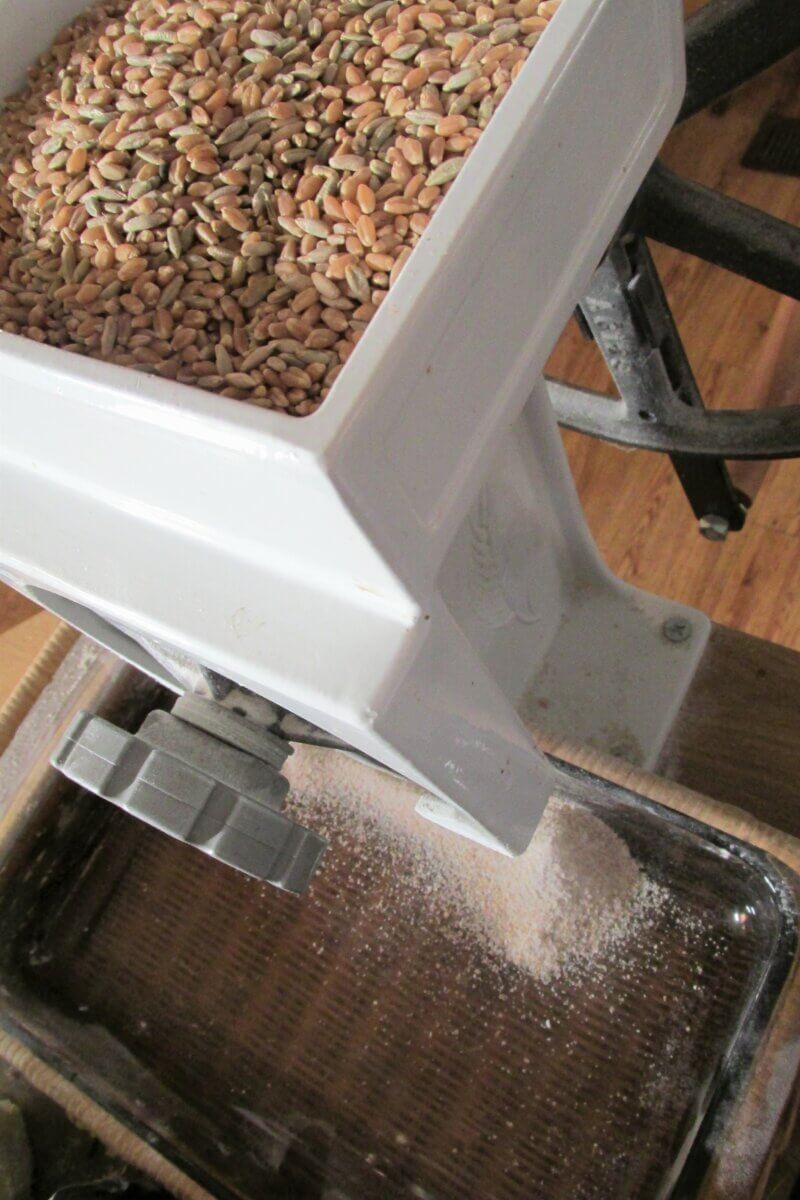
Whole grains have incredible keeping power. But wheat berries, rye grain, and whole barley are somewhat limited in their use until they’ve been ground into flour. Ground flour goes rancid pretty quickly, losing much of its nutritive value. So what is there to do? Grind it fresh, of course!
Back in the day, there was often a gristmill in the center of town where whole grains could be ground. In these modern times, lacking that community hub, the best alternative is to have the mill on your own homestead.
I grind our flour on my Country Living Grain Mill every single day and am yet to have an issue. I love having the freedom to grind coarse or fine, and the ability to mix-and-match my flours as wanted. We found ours like new on eBay for a much lower price than the one listed on the Country Living website. You can hook it up to a bicycle if you prefer to grind your wheat that way, but I have enjoyed the arm strength-building and delicious “daily grind.”
10. Hayfork
There are many tools that are mixed up with other tools, and I feel that the delicate hayfork has fallen into disuse only due to its confusion with the much heavier pitchfork and garden fork. I found my hayfork at an antique mall, still as solid as the day it was forged. This light-as-a-feather tool is essential for moving straw and hay — a task I never did in the city, but do daily on the homestead. Whether I’m moving dry bedding, filling the mangers, tedding hay, or moving hay and straw from tractor bed to storage, I feel like this wonderful tool is an extension of my hand. Its lightweight means that you can handle it for hours without getting too tired.
11. Berkey Water Filter
As you can tell from number 7 above, all of our homestead’s “house” water comes from our manual pump. Before any of that water is used for drinking or cooking, we send it through our trusty Berkey filtration system. When we lived in the city, we trusted this filter system to remove the huge chemical load in our city water. Now that we live in the country, we use it as an extra measure of security to make sure our drinking water is as clean as possible.
Berkey Filters are expensive, but after using this thing for more than seven years, I can vouch that it’s worth the price. And if worse comes to worse, it can take something as dirty as pond water and render it drinkable (though I wouldn’t want to have to scrub it afterward).
12. Washing Plunger
I’ve tried many off-grid washing systems, and they’ve all left me disappointed. I’m convinced that the majority of those plastic contraptions are made for sale to the armchair prepper market — something expensive to buy and store away for later, but not to stand up to daily use. The only laundry system I’ve ever found to stand up to actual homestead laundry is the washing plunger — a simple tool that doesn’t eventually break like all the other contrivances do. When paired with a simple scrub-board and a 5-gallon bucket, or a galvanized steel washtub, you have all you need to get the laundry done better than a machine, and with less water wasted. On an off-grid homestead, water matters.
If you’re interested, I’ve written an entire article on my simple, off-grid laundry process. I don’t know how many of you are out there are also trying to declare your own laundry independence, but if you’re one of them, I hope you now know someone else stands in solidarity with you.
13. Cast Iron Cookware
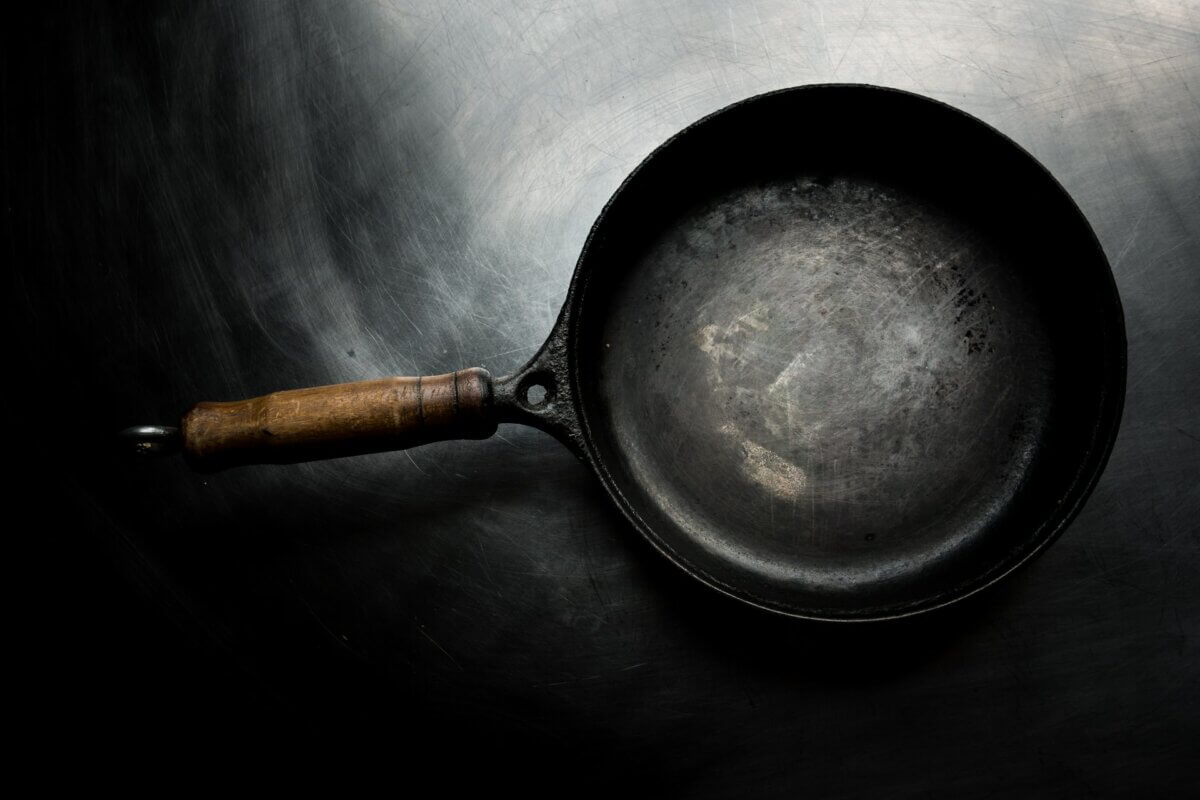
Cast iron is seemingly synonymous with the homesteading life, and for good reason. Once you know how to season and care for a cast iron pan — not a difficult relationship, as you can read at our earlier article here — you’ll understand why these pans have been around for more than a hundred years with little improvement. I use cast iron pans, woks, baking sheets, skillets, and even a really neat cast iron cloche from Lodge (it’s my sourdough secret to a wonderfully hearty crust). In contrast, toxic nonstick pans are expensive, easy-to-damage, and can’t hold up to real cooking over a wood fire or a woodstove.
14. Clothesline
I know of some off-grid homesteads that employ a gas-powered clothes drier, and that fact perplexes me to no end. A simple string between two poles will dry your laundry as quickly, and obviously it won’t guzzle any fuel in the process. Granted, the weather will sometimes mess with your laundering plans, but if you have a woodstove, you can manage the wash one way or another. I’ve written a lot of my best tips and tricks over at my earlier article on using (and loving!) a clothesline here.
15. Wool Socks
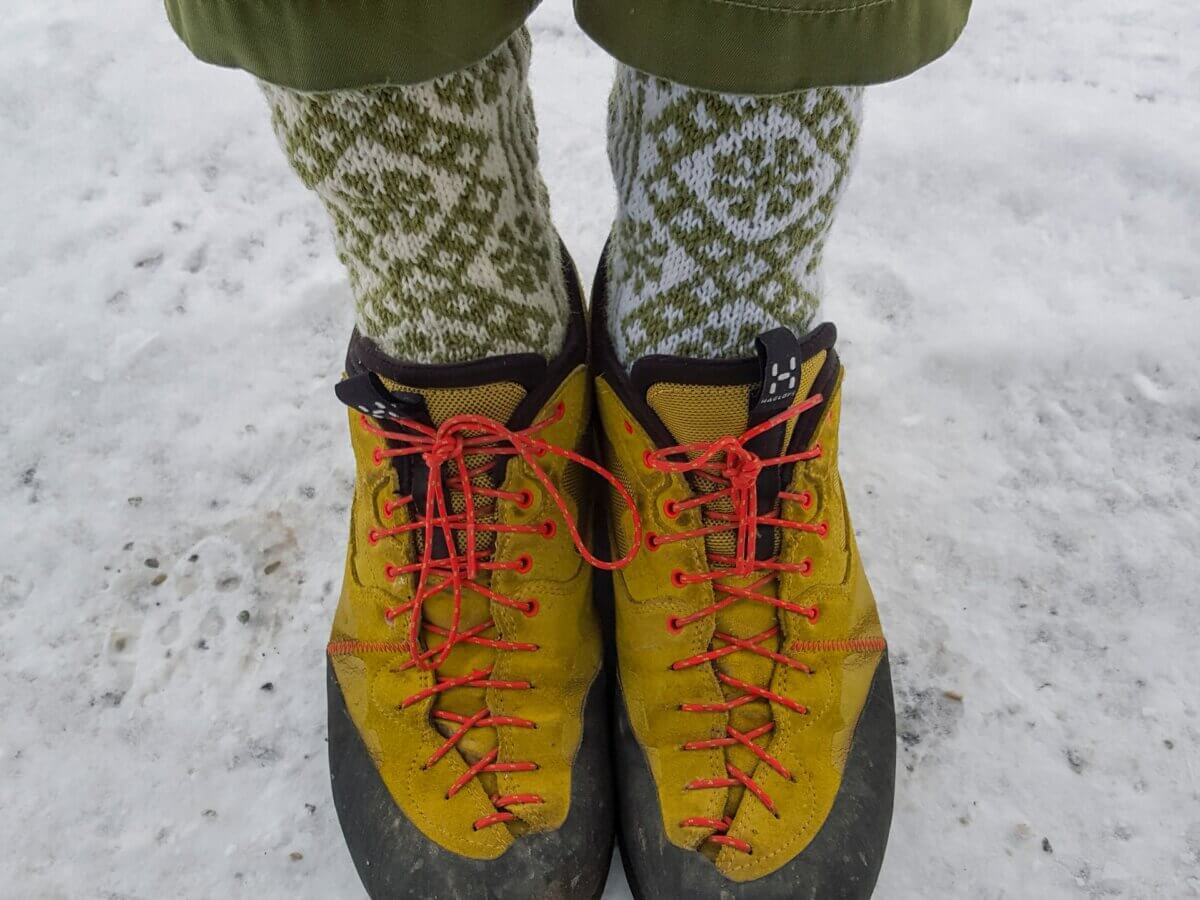
Yes, I am that weird kid who got socks for a gift and LIKED IT. Even as an adult, I have never lost my excitement over socks. I suppose working outside all winter will do that to you — when you’re on your feet in calf-deep snow all day, the quality of your socks really matters. And for keeping things warm, even if wet, wool is king. Through several years of leading wilderness hikes in national parks and my new life of being a homesteader, I have worn holes in many brands of expensive wool socks. Smart Wool socks couldn’t hold up to even a year of heavy-duty wear. Wigwam socks didn’t do much better.
But Darn Tough? Those are socks I feel good recommending. Granted, these will set you back a pretty penny, but with their lifetime guarantee, they’re worth it. If you actually take them up on it, this Made-in-the-USA company will replace your worn socks with a new pair for the cost of shipping.
16. Wood Cookstove
My recommendation for this one is half-complete, as my wood cookstove has just been ordered and has yet to arrive (I’ve been waiting a long time for this one). But though my experience is currently lacking, I am full of confidence that this living, breathing heart of the kitchen will be worth its (significant) weight in gold. Our homestead will be equipped with La Nordica’s Rosa XXL wood cookstove, and with it, we will finally achieve cooking independence.
Once I know what I’m doing with my dear Rosa, you better believe I’ll be telling you all about it.
17. 2-Wheeled Wheelbarrow
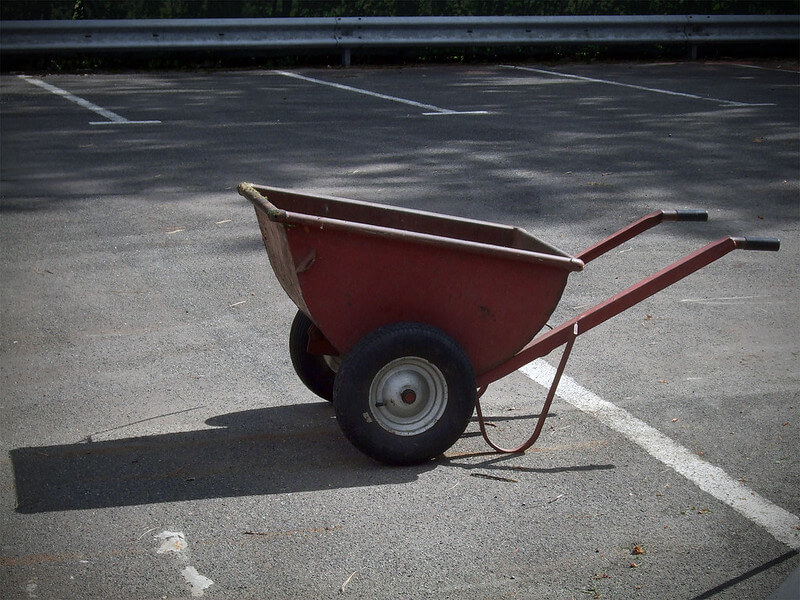
Often overlooked for its humble state, the wheelbarrow is nonetheless a hugely important tool to daily off-grid activity. I really enjoy using 2-wheeled wheelbarrows like this Gorilla Cart pictured here. The handles can either be pulled or pushed, and the two wheels offer the stability that anyone who lives on sloped or rocky land needs.
18. The Ubiquitous Mason Jar
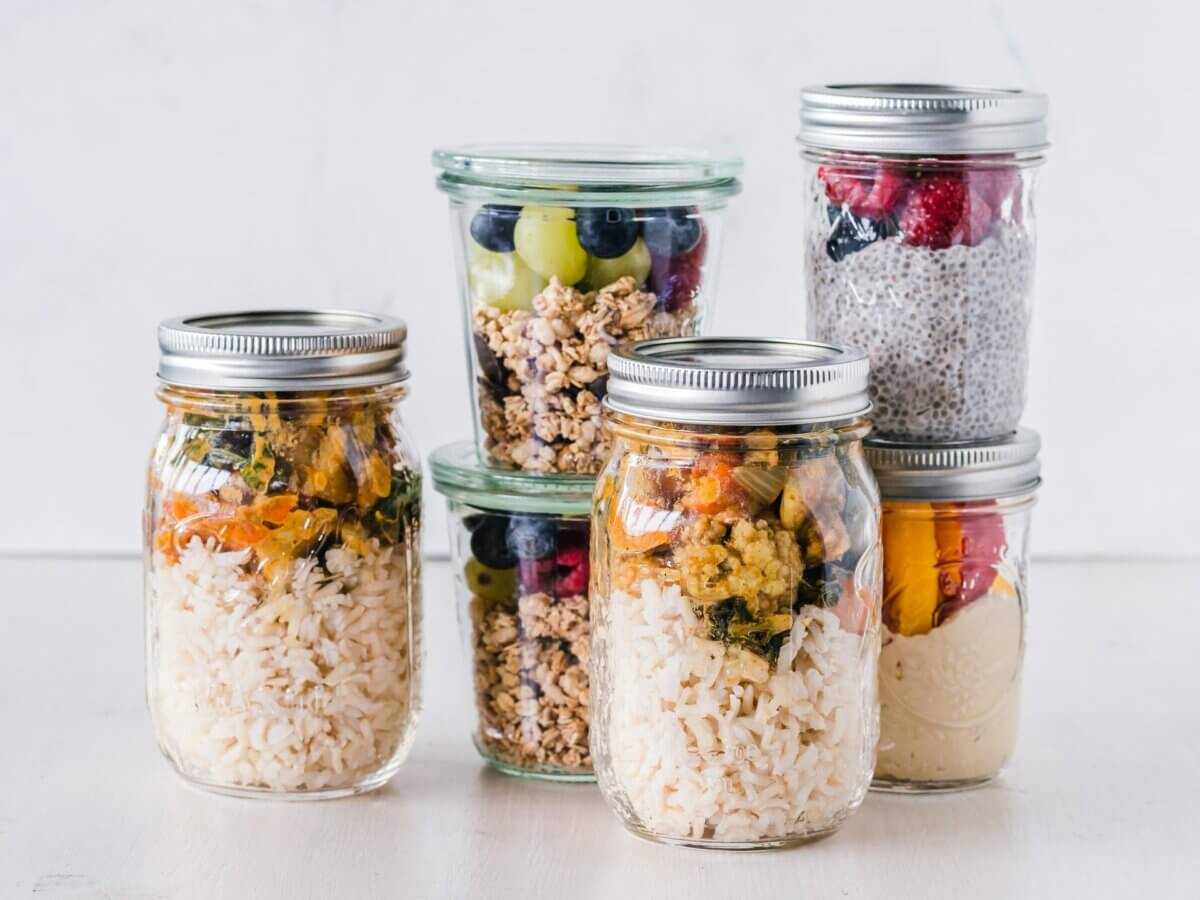
My storeroom is brimming with Mason jars, and for good reason. They are just so dang useful. Of course you can with them, but that is (in my perspective) the most on-grid way to use these easy-to-clean vessels (your canning ability is, after all, dependent on single-use lids that you can’t make yourself).
I use half-gallon jars to hold fresh, raw milk. The small jelly jars and half-pints are excellent for organizing garden seeds. I ferment vegetables and culture yogurt in the wide mouth pint and quart jars. The long, thin jars often used for asparagus are absolutely perfect for holding sourdough starter. I store herbs and foraged teas in jars of all sizes. They’re great for infusing medicinal oils, as a sturdy drinking glass, or storing dried goods — I could go on, but you get the point. Get as many different sizes of these jars as you can, and you’ll find endless ways to use them.
19. Stainless Steel Bowls
Any kitchen should be equipped with a set of good bowls, but a solid set of stainless steel bowls is best, I believe, for the off-grid kitchen and home. Get as wide a range of sizes as you can, the bigger the better. With an industrial-size stainless steel bowl, you have the perfect sourdough mixing tool.
Stainless steel bowls can also do double-duty as the easiest way to take an off-grid bath. Though you may not believe it, give Ole Wick’s method a try (he details it perfectly in this 1970s Mother Earth News article). You can get satisfactorily clean with less than a gallon of water if you know what you’re doing.
20. Gamma Seal Lids
These screw-top lids transform a food grade 5-gallon bucket into a waterproof, moisture- and mouse-proof, mouse-proof, airtight food storage fortress. All of our bulk grains, dried beans, and other long storage foodstuffs are locked away safe beneath these useful lids. Admittedly, the lids can be a pain in the butt to install, but once you’ve got them on, they’re solid.
Please note, however, that these are designed for sheltered storage. While they don’t need a climate-controlled castle, of course, they at least need to be under a roof so that rain doesn’t test the gaskets beyond their natural limits. The Insteading team has seen these lids let rainfall in after being left out in the open, and the contents have expanded, popping the lid off.
21. Vegetable Cleavers
I use my trusty, lightweight cleaver to chop, mince, slice, and dice. It’s got the heft you need to hack at a large pumpkin, but it can also finely mince garlic and ginger like a champ, and its large blade is an excellent scoop to transfer veggies from cutting board to pan. If you work on your knife skills, you’ll find that one simple knife can do all the tasks of many gimmicky electric gadgets.
Final Thoughts On Off-Grid Tools
There is an abundance of manual tools that have been created for answering kitchen questions, but even they can end up being gimmicks from an earlier era. Honestly, the kitchen has always been an arena for merchants and marketers to make a boatload of sales with useless time-savers. My recommendations for the off-grid kitchen are to learn skills, and not collect too many tools. Many dishes can be prepared with the simplest of tools — a rolling pin, a cutting board, potato masher, a colander, cheesecloth, spatulas, whisks, and really, really, good knives. Get good with your hands and those simple tools, and then you’ll know what additional tools you need.
This is, of course, an incomplete list, but I hope that it’s a good enough to get you rolling. Thanks for a great question, Fish Creek Country Gal!
And if you want to have your homesteading questions answered next, keep a watch on our Insteading Community site or subscribe to our YouTube Channel. We’ll be asking to hear more from you all soon.


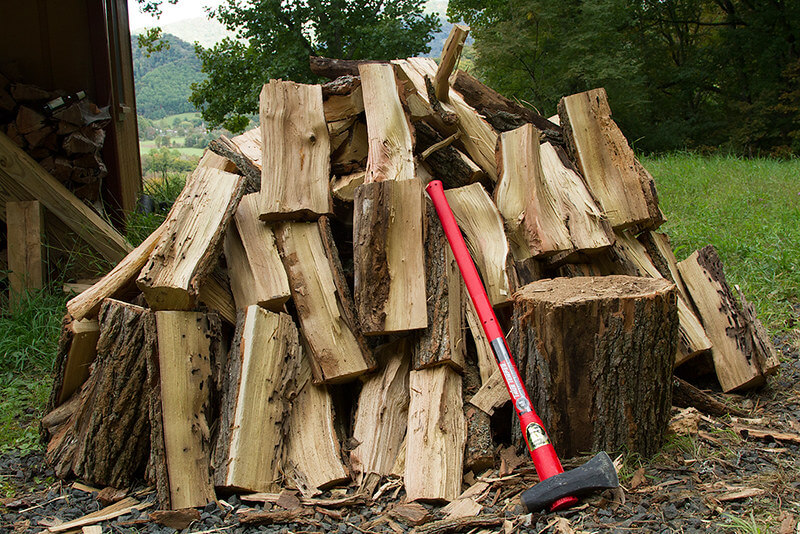
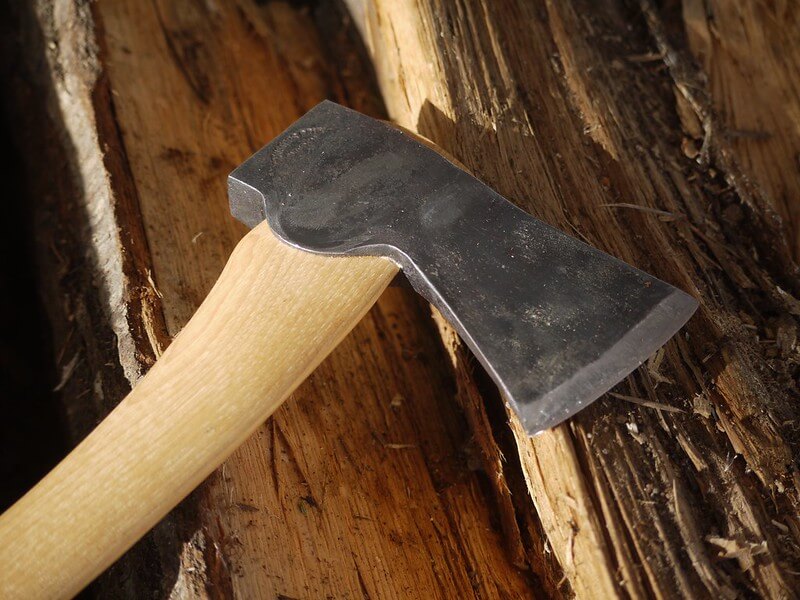
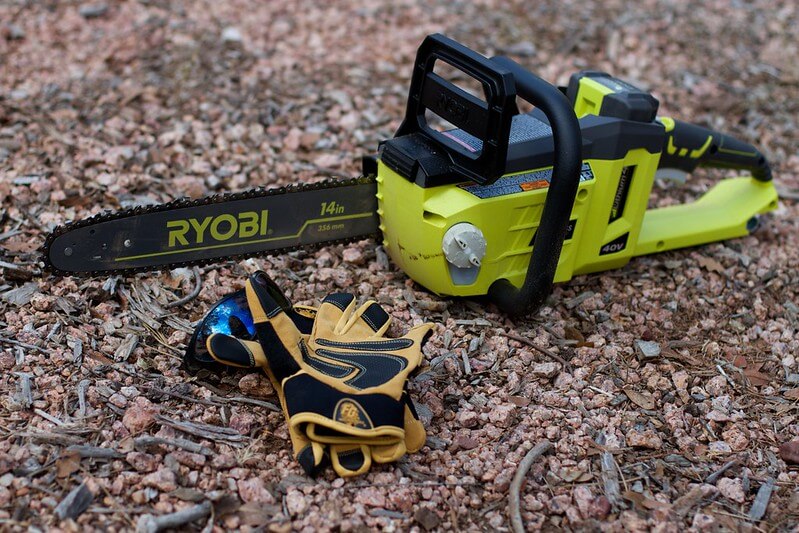
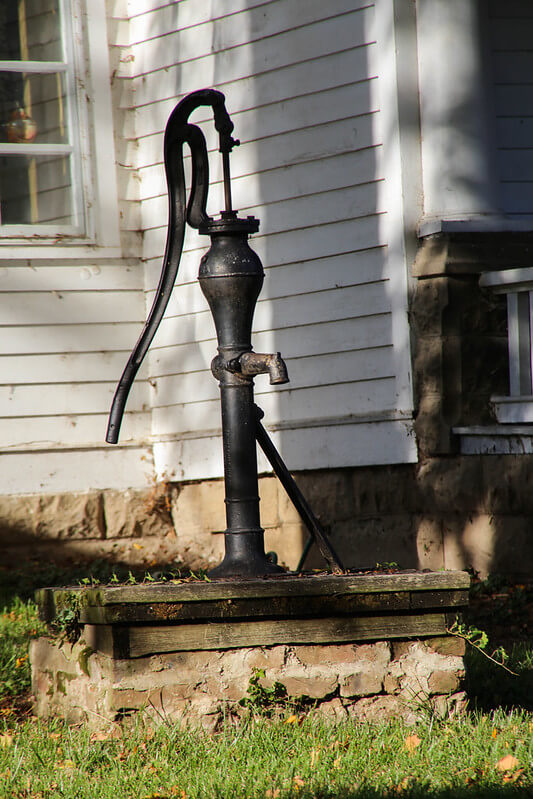
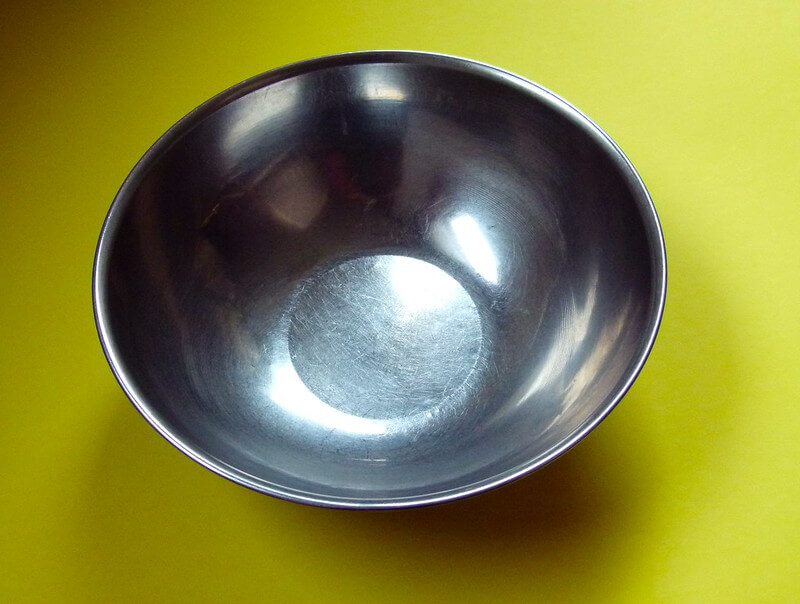







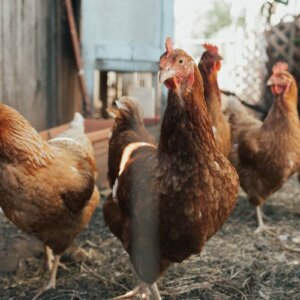
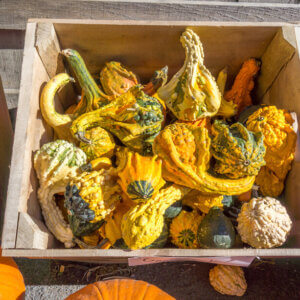

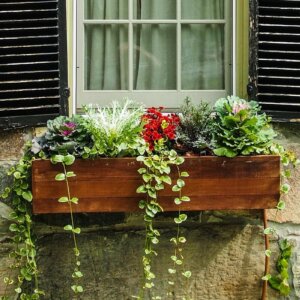




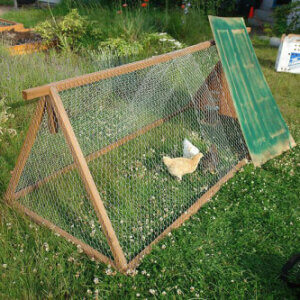
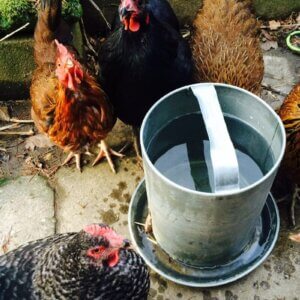






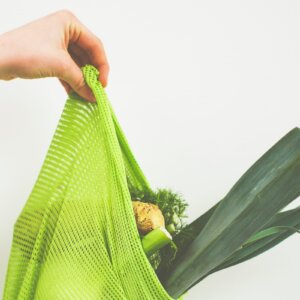




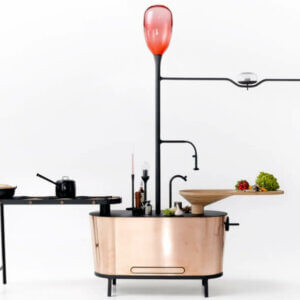



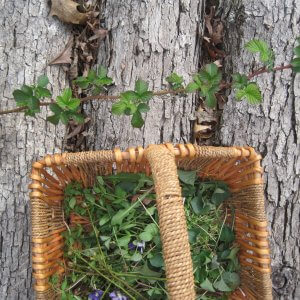




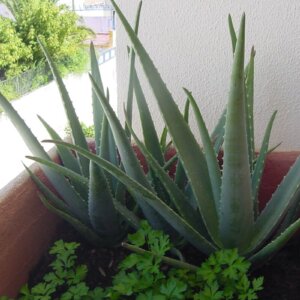


Leave a Reply